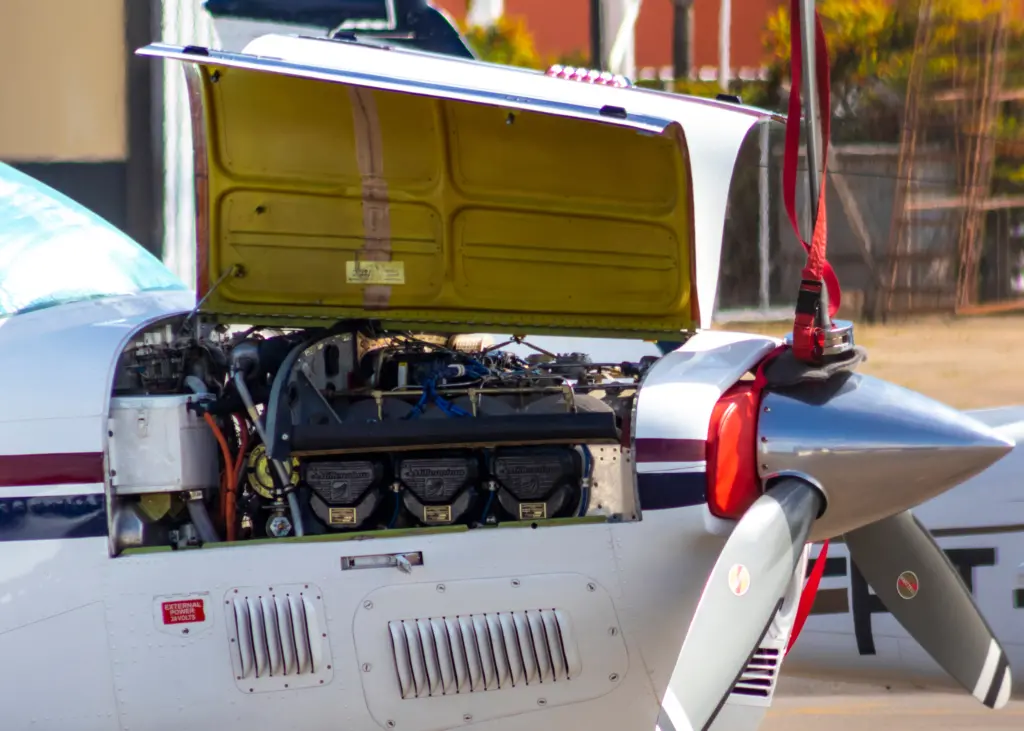The Ultimate Aircraft Buying Guide:
Aircraft Types – Buying Guide
Whether you are a first-time buyer or a seasoned aviation enthusiast, this guide will provide you with the knowledge and insights needed to make an informed purchase. We’ll explore the pros and cons of various aircraft categories, such as single-engine pistons, turboprops, and jets, as well as factors like performance, range, and operating costs.
Our experts have carefully curated this guide, so that you have access to helpful information and helpful tips throughout your aircraft buying journey. So, whether you dream of owning a personal aircraft for leisure or are looking to expand your aviation business, this ultimate buying guide is your go-to resource. We’ll explore the complex aircraft market and help you find the perfect aircraft that suits your needs.
Considerations When Choosing the Right Type of Aircraft
When it comes to buying an aircraft, there are several key concerns that you should keep in mind. Firstly, you need to determine your budget. Aircraft prices can vary greatly, so it’s important to set a sensible budget that takes into account the initial purchase cost as well as ongoing expenses such as fuel, maintenance, and insurance.
Next, think about the purpose of your aircraft. Will you be using it for personal travel, business trips, or both? Consider the number of passengers you’ll normally have on board and the destinations you’ll be flying to. This will help you determine the size and range requirements of the aircraft you should consider.
Another factor to consider is your level of flying experience. If you’re a new pilot, you may want to start with a smaller, more user-friendly aircraft. On the other hand, if you’re an experienced pilot or you will hire a professional pilot, you might be looking for a more advanced and high-performance aircraft.

Different Aircraft Types Available
Now that we’ve covered the key considerations, let’s dive into the different types of aircraft available in the market. The main categories include single-engine piston aircraft, multi-engine piston aircraft, turboprops and jets. Each type has its own unique characteristics and advantages.
Single-engine piston aircraft
Single-engine piston aircraft are often the first choice for new pilots and leisure flyers. They are relatively affordable, easy to maintain, and have lower operating costs compared to other types of aircraft. These aircraft are normally used for short to medium-distance flights and can carry a few passengers.
One of the main advantages of single-engine piston aircraft is their simplicity. They have fewer systems and are less complex to operate compared to larger aircraft. However, they have limited speed and range capabilities, making them more suitable for local flights or shorter trips.
Multi-engine piston aircraft
Multi-engine piston aircraft, also known as twin-engine aircraft, offer increased performance and redundancy compared to their single-engine counterparts. They have two engines, which provide added safety and the ability to fly at higher altitudes and faster speeds. These aircraft are suitable for longer distances and can carry more passengers and cargo.
The additional engine also allows for better climb performance, making it easier to navigate through difficult weather conditions or hilly regions. However, multi-engine piston aircraft come with higher operating costs, including fuel consumption and maintenance expenses.
Turboprop aircraft
Turboprop aircraft are powered by turbine engines, which drive a propeller. They combine the reliability and efficiency of jet engines with the versatility of propellers. Turboprops offer the best of both worlds, providing faster speeds and longer ranges compared to piston aircraft, while still being able to operate on shorter runways.
These aircraft are widely used for regional travel, cargo transport, and corporate flights. They offer increased comfort and cabin space, making them ideal for longer trips or flights with larger groups of passengers. However, turboprops come with higher purchase and operating costs compared to piston aircraft.
Jet aircraft
Jet aircraft are the benchmark of speed and luxury in the aviation world. They are powered by jet engines, which allow for faster cruising speeds and higher altitudes. Jet aircraft are capable of travelling long distances in a short amount of time, making them ideal for international travel or time-sensitive business trips. You can read our Guide to Jet Ownership here.
These aircraft offer spacious cabins, state-of-the-art avionics, and luxurious amenities. They can accommodate a large number of passengers and provide a smooth and comfortable flying experience. However, jet aircraft come with a hefty price tag, both in terms of the initial purchase cost and ongoing operating expenses.
Additional Buying Factors: Aircraft Types
Now that you’re familiar with the different types of aircraft available, let’s discuss some additional factors to consider when making your decision. First and foremost, you should evaluate the performance of each aircraft type. This includes factors such as speed, range, payload capacity, and fuel efficiency.
Consider the operating costs associated with each aircraft type. This includes not only fuel costs but also maintenance, insurance, and storage expenses. Some aircraft may have higher maintenance requirements or specialised maintenance facilities, which can impact your overall ownership costs.
Safety should always be a top priority when choosing an aircraft. Research the safety records and certifications of each aircraft type you’re considering. Look for features such as advanced avionics, anti-icing systems, and crashworthiness design.
Don’t forget about the availability of spare parts and maintenance support. Some aircraft types may have a larger network of service centres and part suppliers, which can make it easier and more cost-effective to maintain your aircraft in the long run.
Lastly, consider the resale value of the aircraft. While it may not be a top priority when you’re purchasing, it’s important to choose an aircraft that retains its value well. This can have a significant impact on your future upgrade or sale options.
Multi-engine piston aircraft
Multi-engine piston aircraft are a popular choice for pilots who require additional power and redundancy. These aircraft are equipped with two or more piston engines, providing increased performance and safety. One of the primary advantages of multi-engine piston aircraft is their ability to continue flying even if one engine fails. This redundancy factor makes them ideal for longer flights or flying over areas with limited landing options.
In addition to the safety benefits, multi-engine piston aircraft also offer improved climb rates, higher cruise speeds, and enhanced payload capacity compared to their single-engine counterparts. These features make them suitable for a wide range of applications, including personal travel, business trips, and flight training.
However, it’s important to note that multi-engine piston aircraft come with higher operating costs. The maintenance and fuel consumption for multiple engines can be significantly higher than that of a single-engine aircraft. Additionally, the purchase price of multi-engine piston aircraft tends to be higher as well.
Overall, if you require the added power, safety, and performance of multiple engines, and you have the budget to support the higher operating costs, a multi-engine piston aircraft may be the right choice for you.
Turboprop aircraft
Turboprop aircraft combine the reliability of a jet engine with the versatility of a propeller. These aircraft are powered by a gas turbine engine that drives a propeller, providing the benefits of both speed and efficiency. Turboprops are known for their ability to operate from shorter runways, making them suitable for accessing remote locations or airports with limited infrastructure.
One of the major advantages of turboprop aircraft is their fuel efficiency. Compared to jets, turboprops consume less fuel, resulting in lower operating costs. This makes them an attractive option for owners who prioritise cost savings without compromising on performance.
Turboprops also offer excellent short takeoff and landing (STOL) capabilities, allowing them to operate in diverse environments. Whether you need to fly into mountainous regions, rural areas, or small island airports, a turboprop aircraft can get you there with ease.
On the downside, turboprops generally have lower cruise speeds compared to jets. While they are faster than traditional piston aircraft, they may not be able to match the speed of a jet. Additionally, turboprops usually have limited cabin space, which may be a consideration if you frequently fly with a large number of passengers or require ample cargo space.
In summary, turboprop aircraft are a great option for those who prioritise efficiency, versatility, and the ability to access remote locations. If you are looking for a cost-effective solution with decent speed and STOL capabilities, a turboprop may be the right fit for you.

Jet aircraft
These high-performance aircraft are powered by jet engines, enabling them to reach incredible speeds and altitudes. If you value speed, efficiency, and the ability to travel long distances in the shortest possible time, a jet aircraft might be the perfect choice for you.
One of the most significant advantages of jet aircraft is their speed. Jets can easily cruise at speeds of over 500 knots, allowing you to cover vast distances in a fraction of the time it would take with other types of aircraft. This makes them ideal for business travellers, executives, and anyone who values their time.
In addition to speed, jet aircraft offer unmatched comfort and luxury. They typically feature spacious cabins, comfortable seating, and state-of-the-art amenities, ensuring an enjoyable flying experience. Whether you’re flying for business or pleasure, a jet aircraft can provide the ultimate level of comfort and convenience.
However, it’s important to note that jet aircraft come with a higher price tag. The purchase price, maintenance costs, and fuel consumption of jets are significantly higher compared to other types of aircraft. Additionally, jets require longer runways for takeoff and landing, limiting their access to smaller airports and remote locations.
If you have the budget, a need for speed, and a preference for luxury, a jet aircraft is an excellent choice. However, if you are cost-conscious or require access to smaller airports, you may want to consider other options.
Aircraft Types: Factors to consider when choosing your aircraft
When choosing an aircraft, there are several factors to consider to ensure you make the right decision. Here are some key considerations:
- Intended use: Determine how you plan to use the aircraft. Are you looking for personal leisure travel, business trips, or a specific commercial purpose? Understanding your intended use will help narrow down the options.
- Performance: Consider the performance characteristics that matter to you, such as speed, range, climb rate, and payload capacity. Different aircraft types excel in different areas, so prioritise what’s most important for your needs.
- Operating costs: Evaluate the ongoing costs associated with owning and operating the aircraft. This includes fuel consumption, maintenance, insurance, hangar fees, and pilot training. Ensure that your budget can support the ongoing expenses.
- Cabin space: If you frequently fly with passengers or require ample cargo space, consider the cabin size and layout. Ensure that the aircraft can comfortably accommodate your needs.
- Access to airports: Consider the airports you plan to use regularly. Ensure that the aircraft you choose can operate from those airports, taking into account runway length, infrastructure, and any restrictions.
- Resale value: While not a primary consideration, it’s worth looking into the resale value of the aircraft you’re considering. Some aircraft types retain their value better than others, which can be advantageous if you plan to sell or upgrade in the future.
By carefully considering these factors and prioritising your needs, you can make an informed decision when choosing an aircraft that suits your requirements.
Conclusion and Final Tips on Aircraft Types
Choosing the right aircraft can be a complex process, but with the help of our ultimate aircraft buying guide, you now have the knowledge and insights needed to make an informed decision. Consider your budget, purpose, and flying experience when selecting the type of aircraft that suits your needs.
Evaluate the pros and cons of each aircraft category, including single-engine piston, multi-engine piston, turboprops and jets. Take into account factors such as performance, range, operating costs, and safety when making your final decision.
Remember to consider the availability of spare parts, maintenance support, and the resale value of the aircraft. These factors can have a significant impact on your overall ownership experience.
We hope that this aircraft buying guide has provided you with the information needed to better understand the complexities of the aircraft market. Whether you’re looking to fulfil your aviation dreams or expand your aviation business, the perfect aircraft is out there waiting for you.
Our Services
Davidson Aviation offers fully certified CAA/EASA avionic repair, cutting-edge refits, and upgrades designed to streamline operations and enhance flight safety. Our adept engineering team is well-equipped to manage your aircraft’s maintenance and maintain its ongoing airworthiness. Whether you’re a flight school seeking a reliable fleet or an aspiring pilot looking to gain valuable experience, we have the perfect aircraft solution for you. And for those who desire travel luxury, our private jet fleet is your gateway to stylish, personalised journeys.
